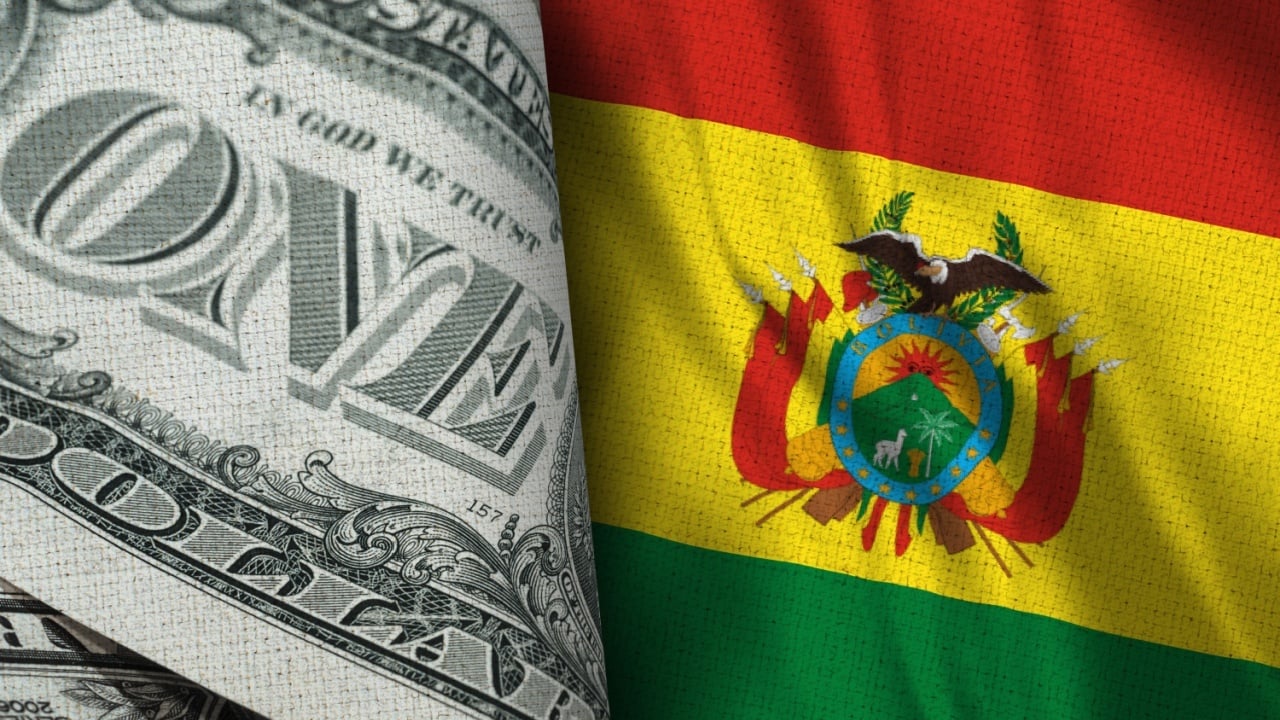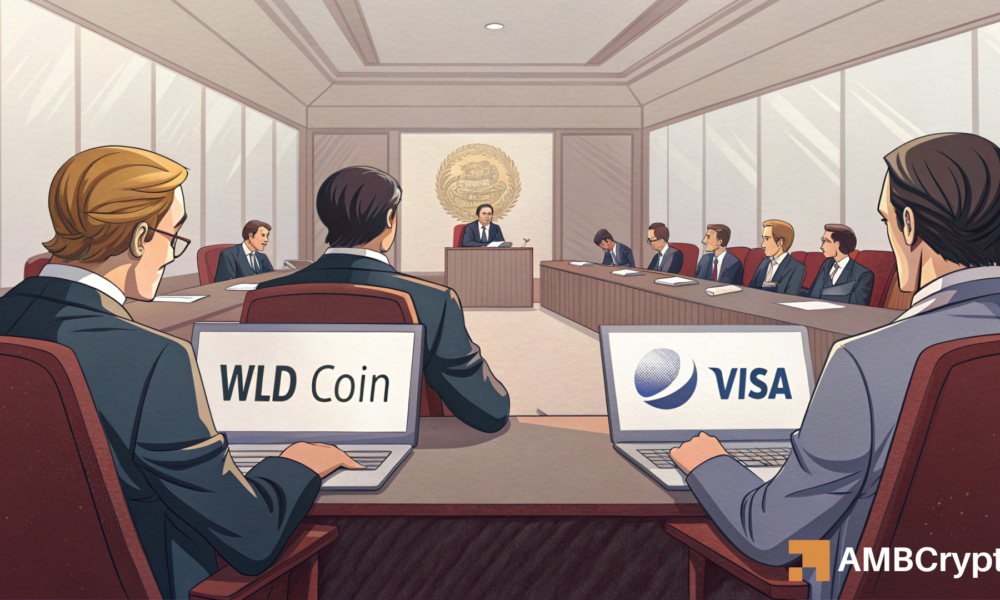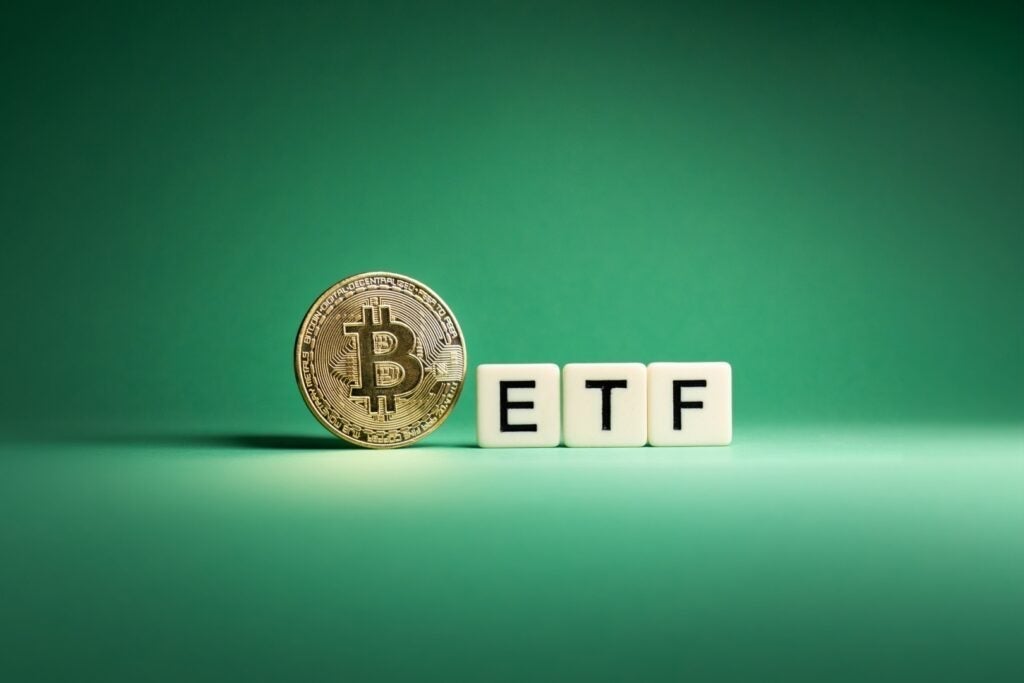Bolivian Attorneys Propose Tether’s USDT as Index Asset for Contracts
Introduction
In a groundbreaking move, Bolivian attorneys Iver von Borries and Javier Romero Mendizabal have put forth a proposal that could revolutionize the way commercial and civil contracts are structured. Their suggestion involves incorporating Tether’s USDT, the largest stablecoin in the cryptocurrency market, as an index asset for a variety of legal agreements. By linking the value of USDT to the national fiat currency, this initiative could offer new possibilities for pricing and executing contractual obligations.
Exploring the Potential Impact
Integrating USDT into contracts could introduce greater stability and predictability in transactions that are typically subject to the volatility of traditional cryptocurrencies. This innovative approach would allow parties to anchor their agreements to a more reliable value, reducing the risks associated with price fluctuations. Furthermore, by bridging the gap between decentralized digital assets and national currencies, this proposal could pave the way for increased adoption of blockchain technology in legal frameworks.
Moreover, the use of USDT as an index asset could streamline international transactions, simplifying cross-border payments and creating more efficient methods for conducting business on a global scale. This could lead to greater transparency, lower costs, and faster settlement times, benefiting businesses and individuals alike.
How This Proposal Could Impact Individuals
For individuals, the integration of USDT into contracts could offer a more secure and stable means of engaging in financial agreements. By relying on a stablecoin with its value pegged to a fiat currency, parties can enjoy a higher level of predictability and confidence in their transactions. This could be particularly beneficial for individuals engaging in international trade or investments, where currency fluctuations can pose significant risks.
How This Proposal Could Impact the World
On a global scale, the adoption of USDT as an index asset for contracts could have far-reaching implications for various industries and economies. By providing a reliable and standardized unit of value that transcends borders, this initiative could enhance the efficiency of international trade and commerce. It could also encourage the widespread acceptance of cryptocurrencies in mainstream legal systems, potentially reshaping the future of financial transactions worldwide.
Conclusion
The proposal to incorporate Tether’s USDT as an index asset for commercial and civil contracts presents a bold and innovative approach to modernizing legal agreements. By linking the value of USDT to national fiat currencies, this initiative has the potential to revolutionize the way transactions are conducted, offering greater stability, efficiency, and transparency. Embracing this new paradigm could unlock a world of possibilities for individuals and industries seeking to navigate the complexities of a rapidly evolving digital economy.





